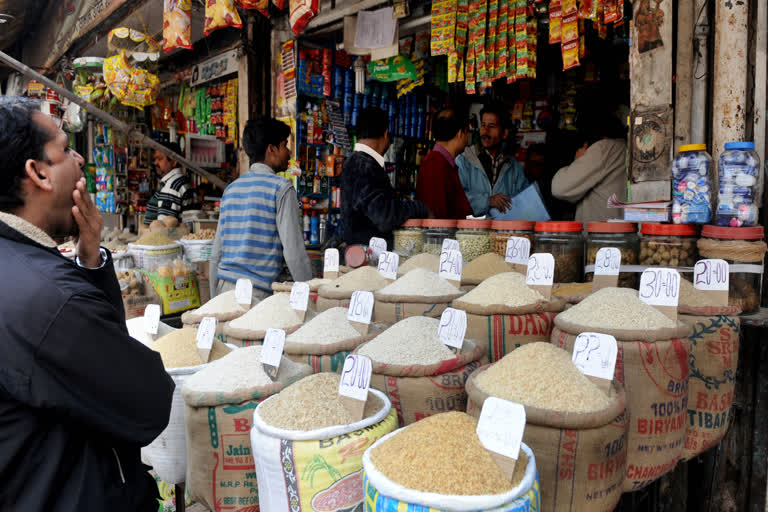Hyderabad:Official data released on Tuesday showed India’s Wholesale Price Index (WPI)-based inflation stood at -1.81% year-on-year in June, which essentially means a deflation or fall in wholesale prices in the country compared with the year-ago period.
Meanwhile, consumer price index (CPI)-based retail inflation stood at 6.09% in June, reflecting higher prices at the consumer level.
The number is significant here as it goes beyond the Reserve Bank of India’s (RBI) upper tolerance limit for CPI inflation, which is 4% with a margin of 2 percentage points on either side.
This vast divergence between the two types of inflation rates basically mean that market conditions are such that the fall in prices at the wholesale level is not being transmitted to the final consumer.
Though, this is not true in its entirety as various other factors can create a gap between WPI and CPI numbers besides just ‘transmission’.
Here’s a look at the three key reasons behind such divergence:
1) Constitution of indices:The trajectory followed by WPI and CPI mostly doesn’t match due to the difference in the weight of constituents that make up these indices.
Prices of ‘food and beverages’, for instance, have 54.2% weight in CPI, whereas ‘food articles’ account for just 15.3% of WPI. This means that any rise in food prices will show more in CPI inflation than WPI inflation.
Similarly, manufactured items hold the highest weight in WPI at 64.23%. Whereas CPI, after foods and beverages, gives the most weight to services (health, transport and communication, education and personal care) at over 27%. Fuel and power hold 13.15% in WPI, whereas fuel and light account for only 7.94% in CPI.
This means that any rise in prices of a particular commodity or article will have different effect on wholesale and consumer inflation.
2) Time lag:Also, like in any market, change in prices at the wholesale level or at the producer level takes time to travel to the consumer level. Hence, sometimes a spike or fall in WPI inflation may not immediately go in tandem with the CPI inflation, but hints at a future trend.
3) Supply chain issues:Disruption in supply chain can also result in divergence between wholesale inflation and consumer inflation rates. For instance, lockdown imposed after the Covid-19 pandemic restricted movement of goods across the country, posing serious supply chain risks, especially in case of food articles.
Various media reports talked about how farmers were not getting fair price of their produce even as end-consumers were paying much higher prices for the same due to supply shortage.
This resulted in uneven wholesale and consumer inflation rates for the same article.
What the WPI-CPI gap means for policymakers?
The June inflation numbers can be a cause of real concern for the central bank and policymakers. Since the Reserve Bank of India (RBI) uses headline CPI as the benchmark for action on interest rates, a rate hike is warranted to bring down consumer inflation in order to keep it within RBI’s tolerance limits.
However, a fall in wholesale prices is even more worrying as it hints that India’s manufacturing sector is weakening. This would imply further rate cuts to boost growth.
In recent months, especially after outbreak of the coronavirus pandemic, RBI has kept sharp focus on reviving growth over everything else. It remains to be seen for how long that continues.
(ETV BHARAT REPORT)
